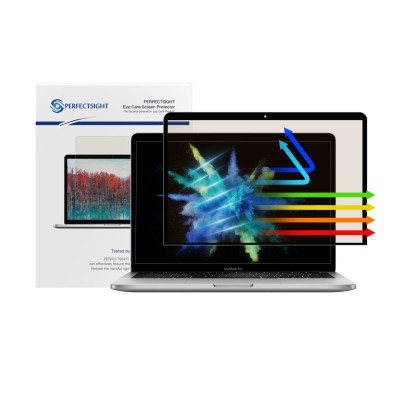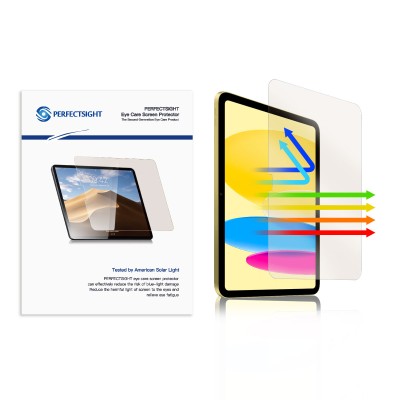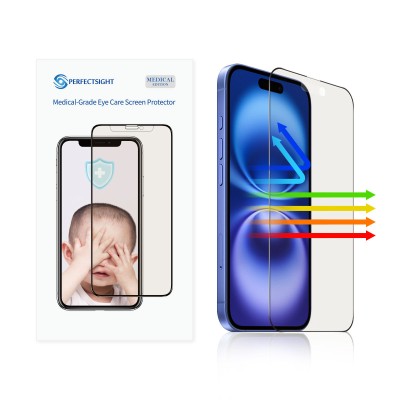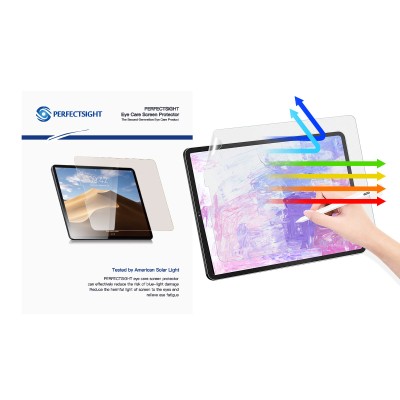Why Does Looking at a Computer Screen Cause Headaches?
In modern society, an increasing number of people spend extended periods staring at computer screens due to work, study, or entertainment. While screens offer convenience, the accompanying issues of eye fatigue and headaches have left many feeling frustrated. Have you ever noticed that after a long day of work, you feel headaches, dry eyes, or even difficulty concentrating? These problems are becoming common pain points in daily life, affecting our work efficiency and quality of life.
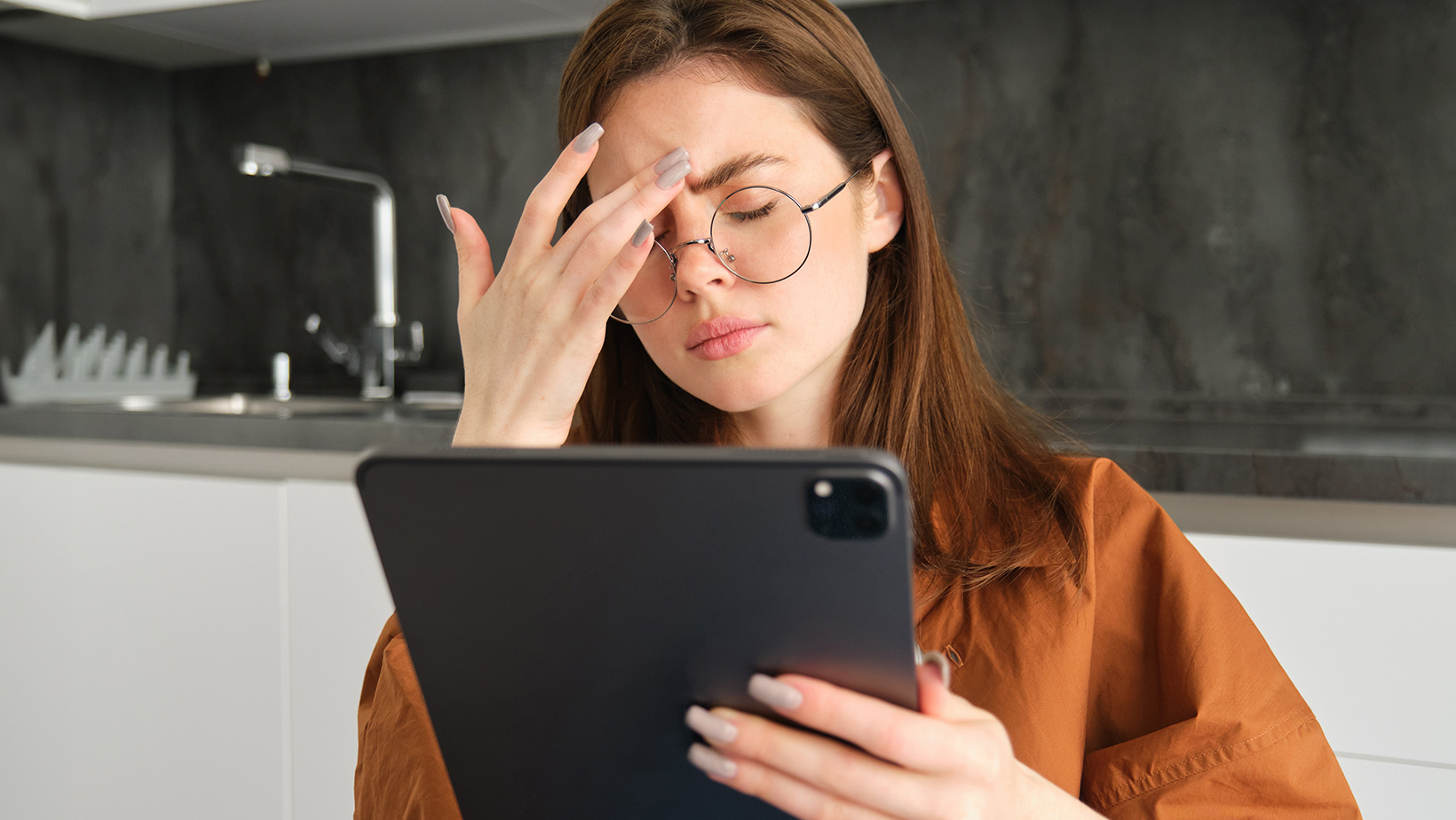
Can Blue Light Give You Headaches?
Many people experience headaches after prolonged periods of staring at computer screens, which is due to eye fatigue and physical discomfort caused by screen usage. This type of headache is commonly referred to as "computer vision syndrome," resulting from extended focus on the screen. Symptoms include dry eyes, blurred vision, neck and shoulder pain, and, of course, headaches. For those who work long hours in front of computers, understanding how to prevent these headaches is crucial.
What is Blue Light?
Blue light is a type of high-energy visible light with a short wavelength. It naturally exists in sunlight and is also emitted by various electronic devices, such as smartphones, tablets, and computer screens. Blue light plays an important role in our daily lives by helping us stay alert, enhancing attention, and regulating our circadian rhythms. However, excessive exposure to blue light can disrupt sleep patterns and potentially harm the eyes.
Can Blue Light Cause Headaches?
Although blue light does not directly cause headaches, its effects on the eyes may indirectly trigger headaches. Blue light can lead to eye fatigue, blurred vision, and dry eyes, which can result in or exacerbate headaches. Here are some other symptoms that blue light may cause:
Eye Fatigue: Prolonged screen time can make the eyes feel tired, heavy, and even cause discomfort.
Blurred Vision: Extended focus on screens can reduce visual clarity, leading to blurred or distorted vision.
Dry Eyes: Blue light may accelerate tear evaporation, causing dryness, stinging, or a foreign body sensation in the eyes.
Light Sensitivity: Some individuals may be sensitive to bright light or blue light, often needing to blink frequently to alleviate discomfort.
Sleep Disruption: Exposure to blue light from electronic devices at night can inhibit melatonin production, affecting sleep quality and leading to fatigue and headaches.
Neck and Shoulder Discomfort: Maintaining the same posture for long periods, combined with eye fatigue, can lead to tension in the neck and shoulder muscles, resulting in related pain.
In summary, while blue light does not directly cause headaches, its impact on eye comfort and overall well-being may indirectly trigger or worsen headaches and other discomfort symptoms. Maintaining reasonable screen usage habits in daily life can effectively reduce the occurrence of these issues.
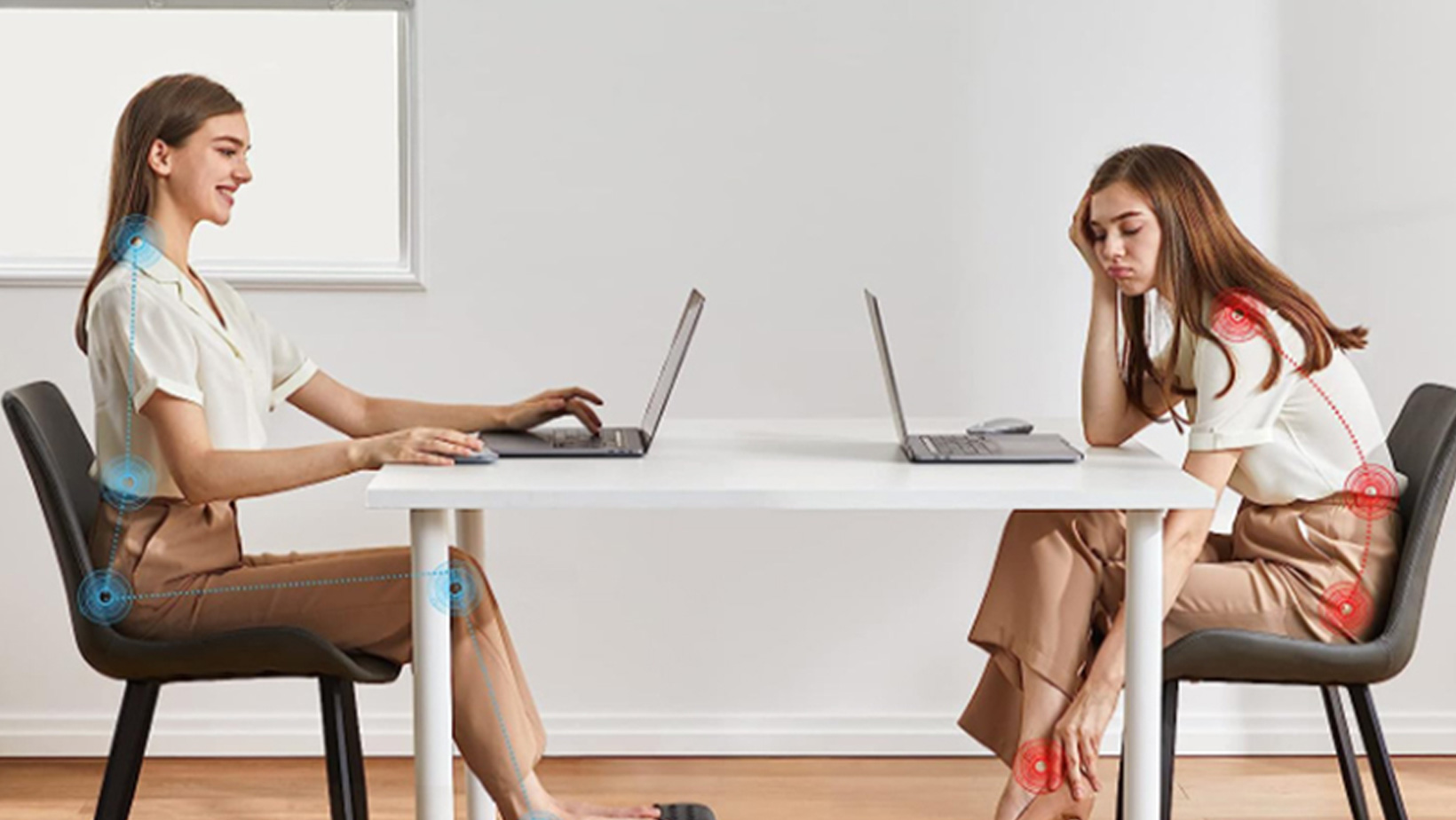
How to Avoid Headaches Caused by Computer Screens?
To prevent headaches caused by computer screens, several effective measures can be taken:
Take Regular Breaks:
Follow the "20-20-20" rule: Every 20 minutes, look at an object 20 feet away for 20 seconds. This allows the eyes to relax adequately.
It is advisable to take a 5-10 minute break every hour of work to effectively avoid eye fatigue.
Adjust Screen Brightness and Contrast:
Adjust the screen brightness according to the surrounding environment to ensure it is neither too bright nor too dim, which could increase eye strain.
Choose high-contrast color schemes to make text clear and readable.
Maintain Good Posture:
Ensure the screen is at eye level and slightly below eye level, within the field of vision, to reduce neck and eye strain.
Use Blue Light Blocking Screen Protector:
Using specially designed blue light blocking MacBook screen protector can filter blue light, reduce eye fatigue, and improve visual comfort.
Maintain Indoor Humidity:
Use a humidifier to keep the air moist and prevent dry eyes. Adequate humidity helps improve visual comfort.
Stay Hydrated:
Ensure adequate water intake to maintain proper hydration levels, avoiding headaches caused by dehydration.
Perform Regular Eye Exercises:
In addition to the "20-20-20" rule, engage in simple eye exercises, such as moving the eyes up and down or side to side, to promote eye comfort and relaxation.
Adjust Screen Position:
Maintain the screen at a distance of about 20–30 inches from the eyes and ensure it is at an appropriate height to avoid excessive strain on the neck and eyes.
